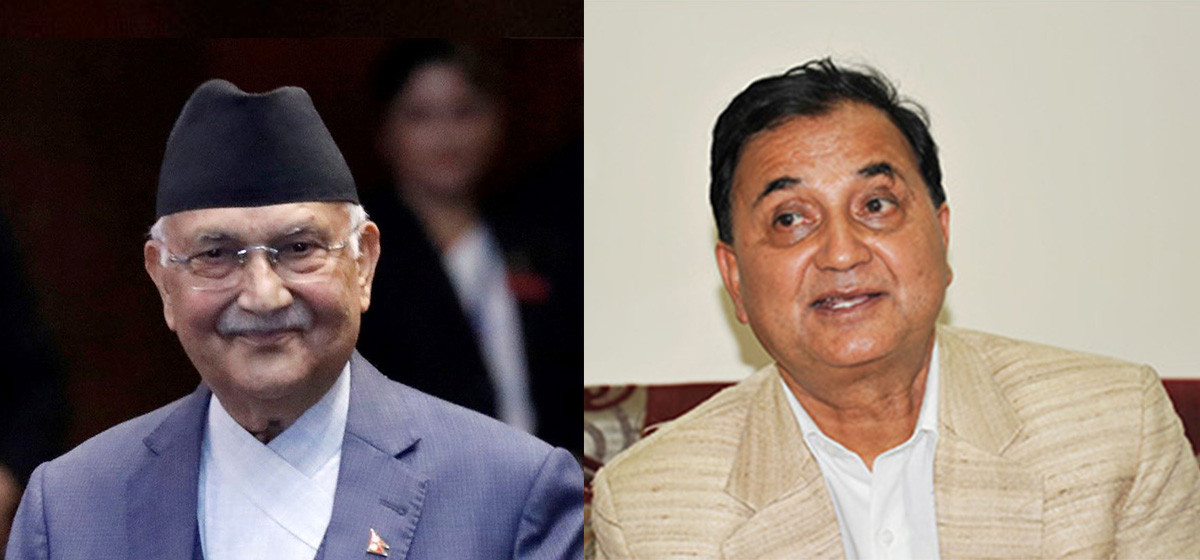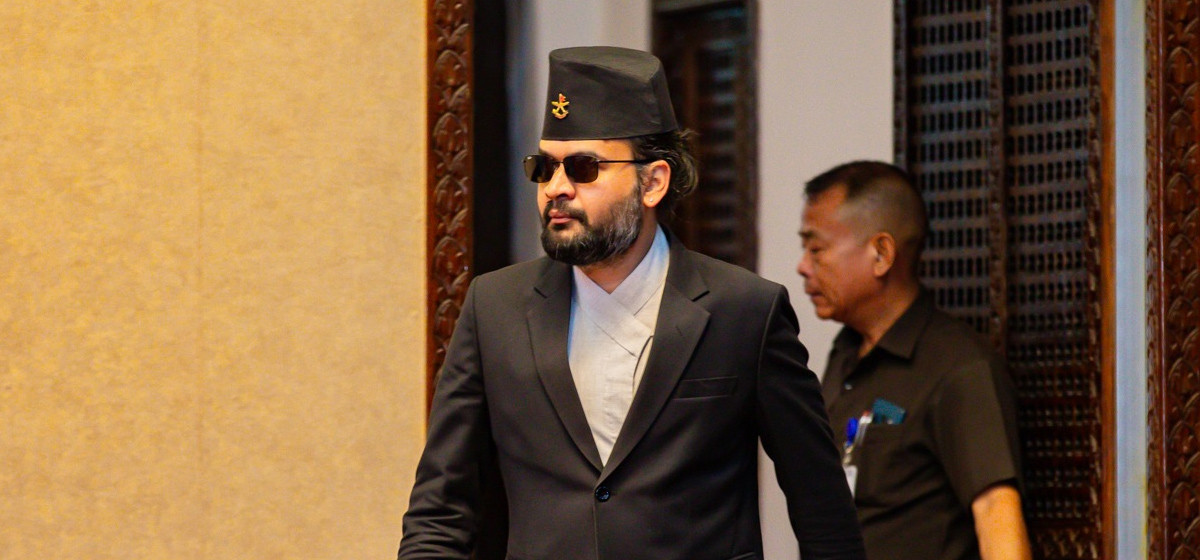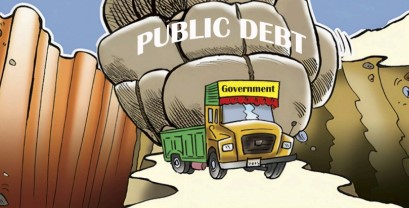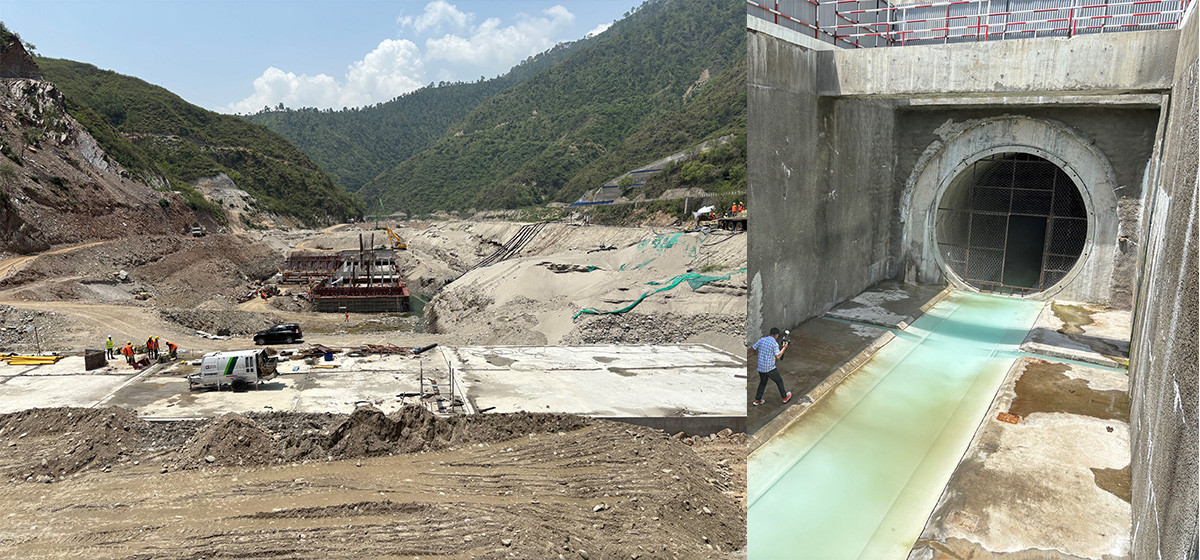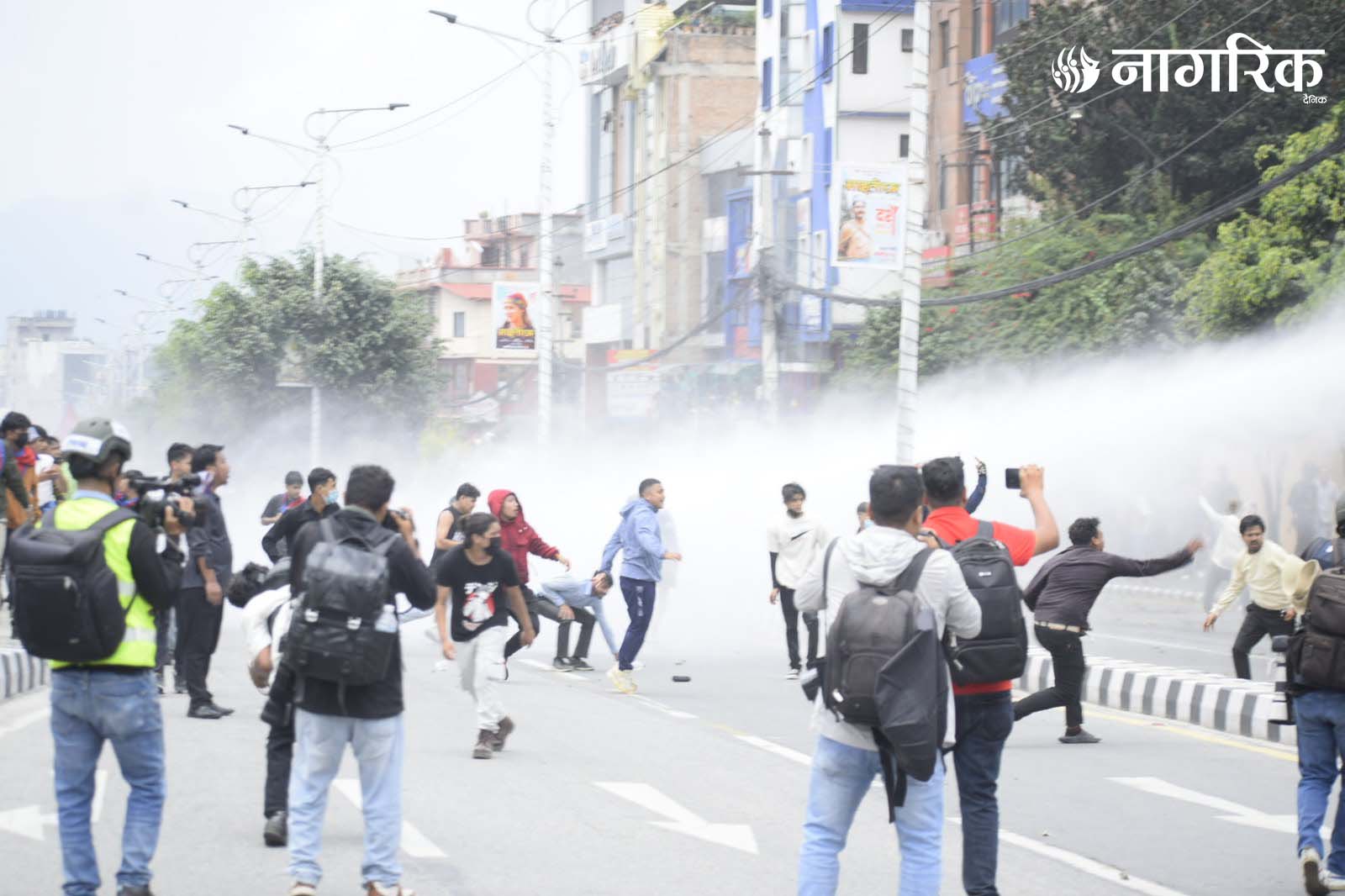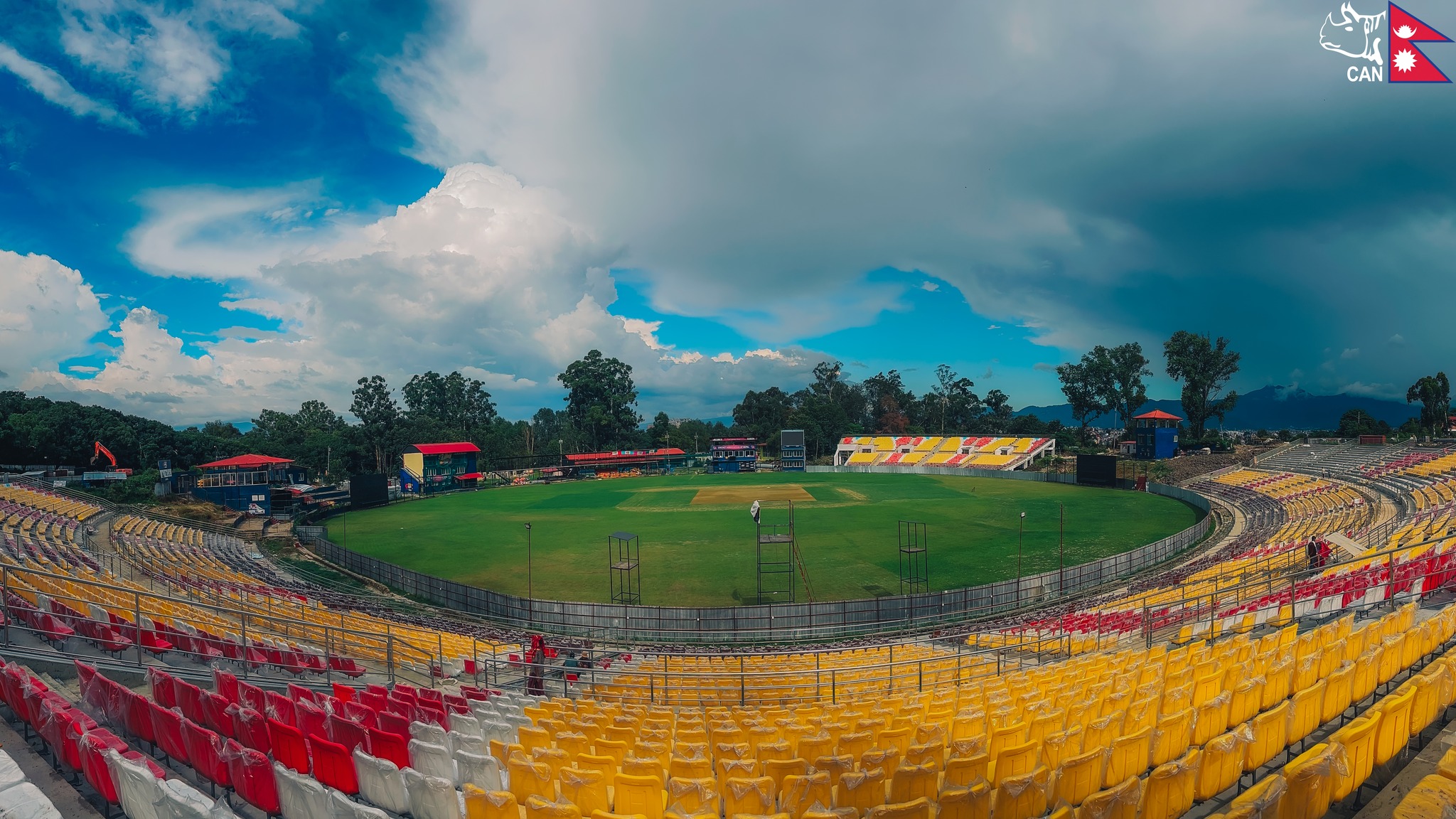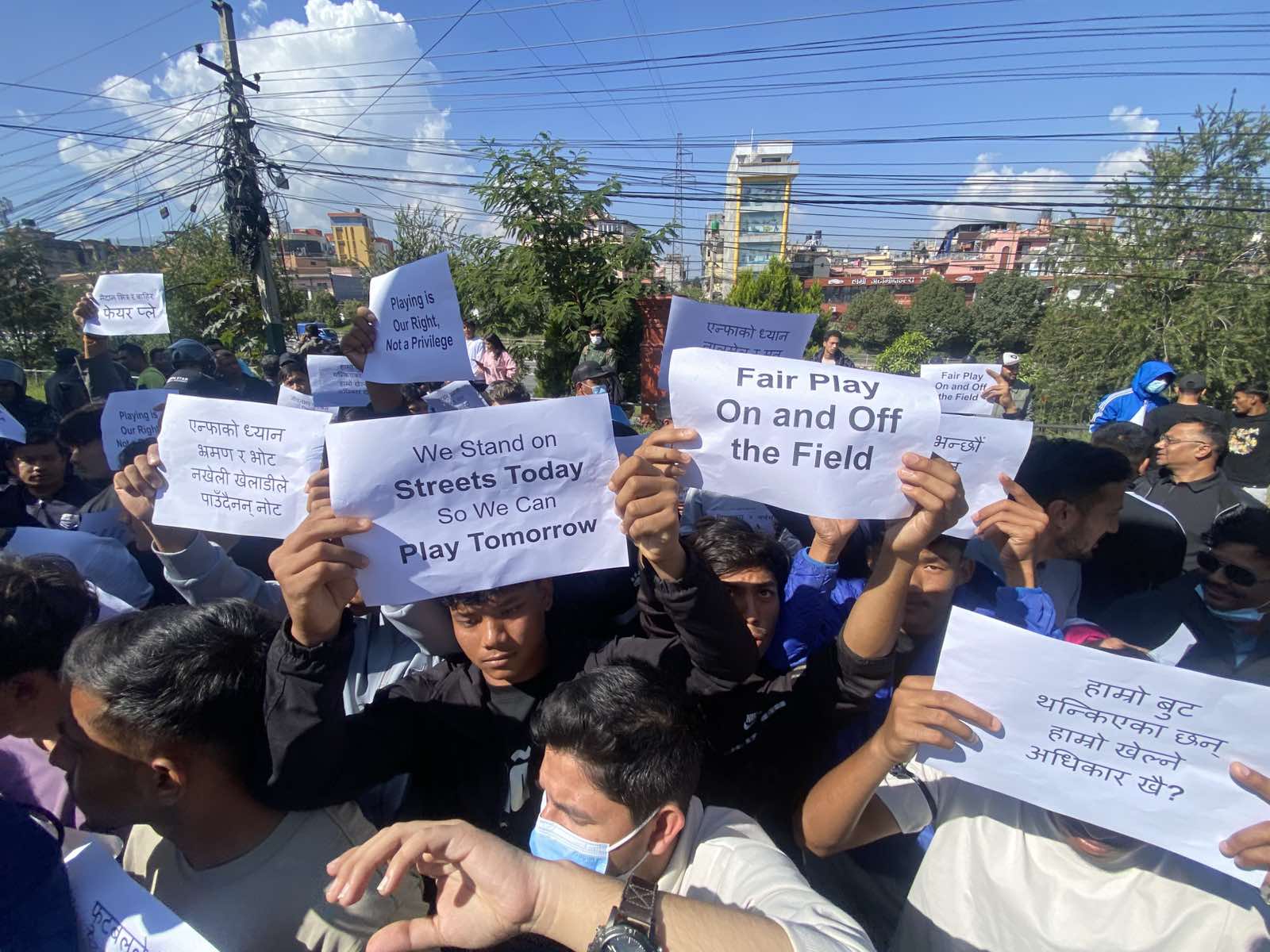Nepal's electricity generation capacity has now reached 3,878 megawatts, a new record in the country's energy sector. At a press conference held to mark his one-year term in office, Energy Minister Deepak Khadka confirmed that 631 megawatts were fed into Nepal's national grid over the past year alone. This is a significant rise from the previous average of around 3,200 megawatts. The minister also reported that Nepal is selling over 800 megawatts of electricity daily to India and Bangladesh. The government has also presented a long-term plan by launching the Energy Development Roadmap 2081 to increase production to 28,500 megawatts by 2035. While 15,000 megawatts will be for export, the remaining will be used domestically. The financial requirement is estimated at $46.5 billion by the roadmap. In addition to generation, the ministry has also been developing small-scale hydropower, solar, and biogas schemes. Legislatively, all significant bills pertaining to electricity, water, and renewable energy have reached Parliament, and certain policies are already in operation. The growth of irrigation and the acquisition of about $1 billion in foreign aid show that the industry is gaining ground.
Power Summit to focus on govt's hydropower generation plan

Still, there are things that have created obstacles. Transmission is still one of the largest problems. Without conventional, cross-border transmission connections, excess power cannot travel effectively to markets in India and Bangladesh. With India approving import of 941 megawatts and Bangladesh taking 40 megawatts already under a dollar-priced agreement, Nepal earned Rs 1.25 billion of export revenue in just five months. The domestic grid also requires improvements to deliver power where it's required. Delays in getting land, clearing forests, and dealing with government rules are still holding up development for both private investors and government enterprises. For electricity generation to be really worth it, demand at home needs to go up. That involves pushing for electric cars, getting people to use electric stoves at home, and helping businesses that depend on power. Excess supply during rainy seasons might be a problem instead of a benefit if people don't buy more of it at home. Storage capacity batteries and reservoir-based hydropower are just as significant since they can keep the electricity going during dry months.
Despite the export of power being highly beneficial, relying heavily on overseas markets might be problematic. Long-term export arrangements must be based on competitive pricing in a transparent way, political stability, and contractual commitments. Power trading should improve other sectors such as roads, education, and boost overall industry. That can only be achieved when policies are favorable and transparent for both public and private sector entities.
Nepal possesses immense advantages in hydropower, and current efforts are moving towards the correct path. But to make power production and trade a tool for national growth, generation must be matched by sensible planning. Building strong transmission connections to India and Bangladesh, growing domestic demand, and providing opportunities for greater private sector engagement will be key to boost the hydropower production in the days ahead. Also, the nation must manage the output wisely. In short, increased domestic consumption, continued export will give momentum to current growth in energy production.







